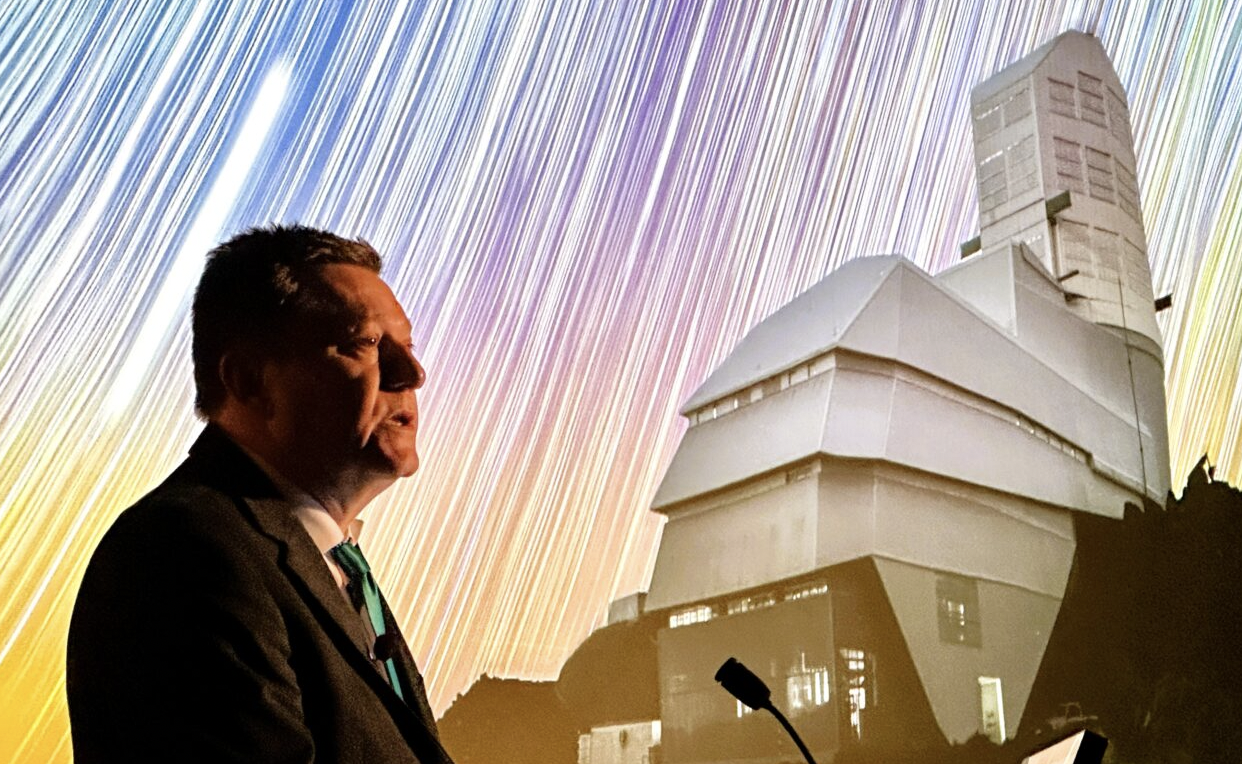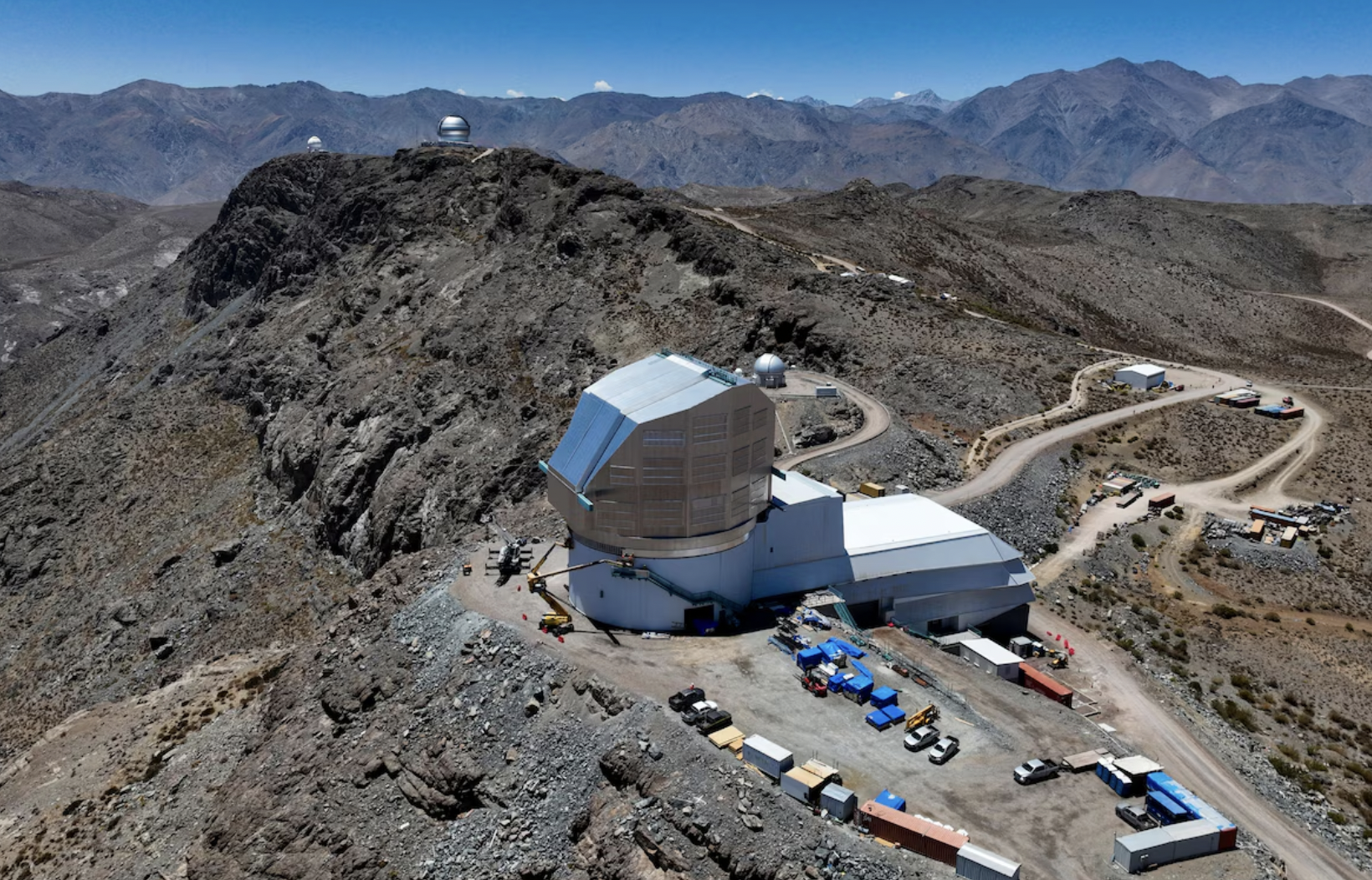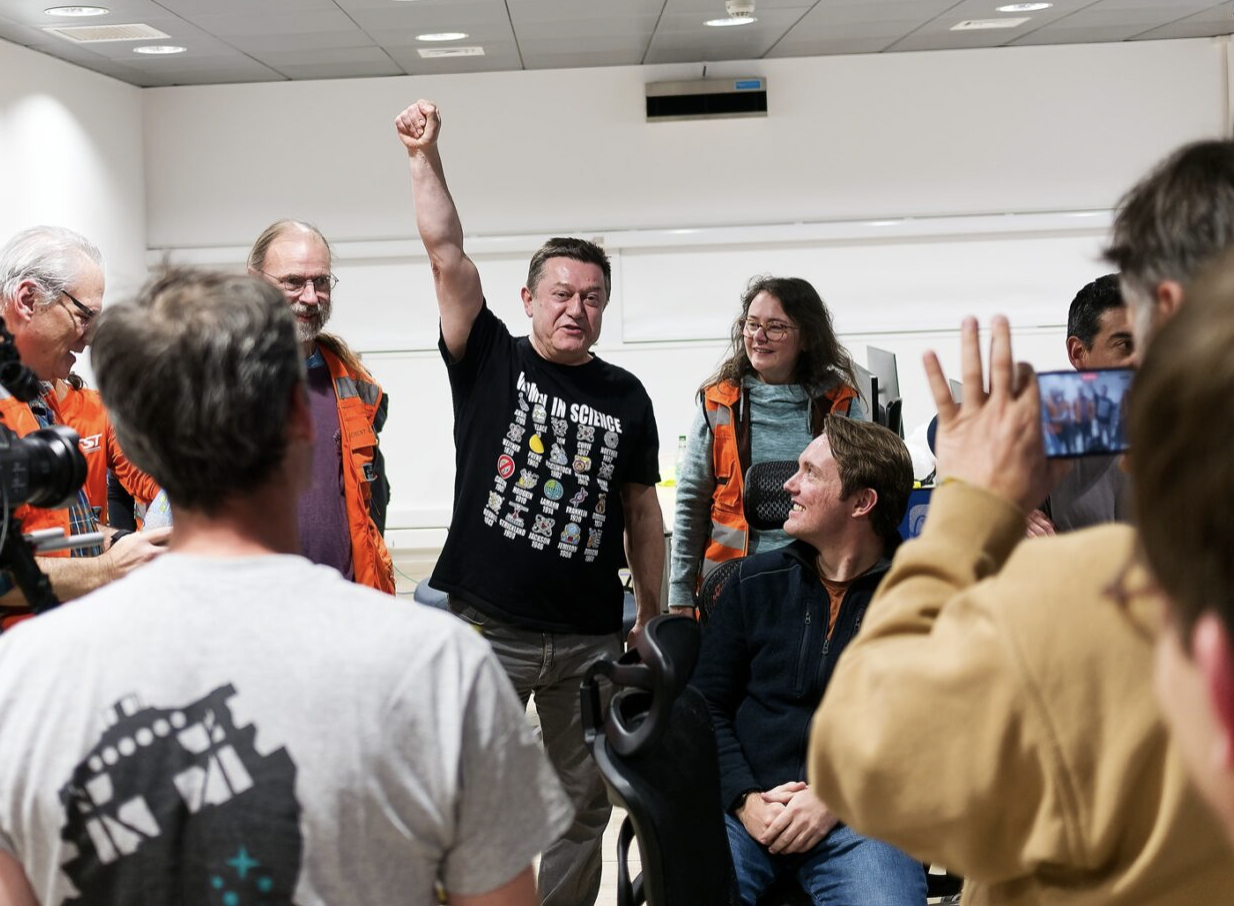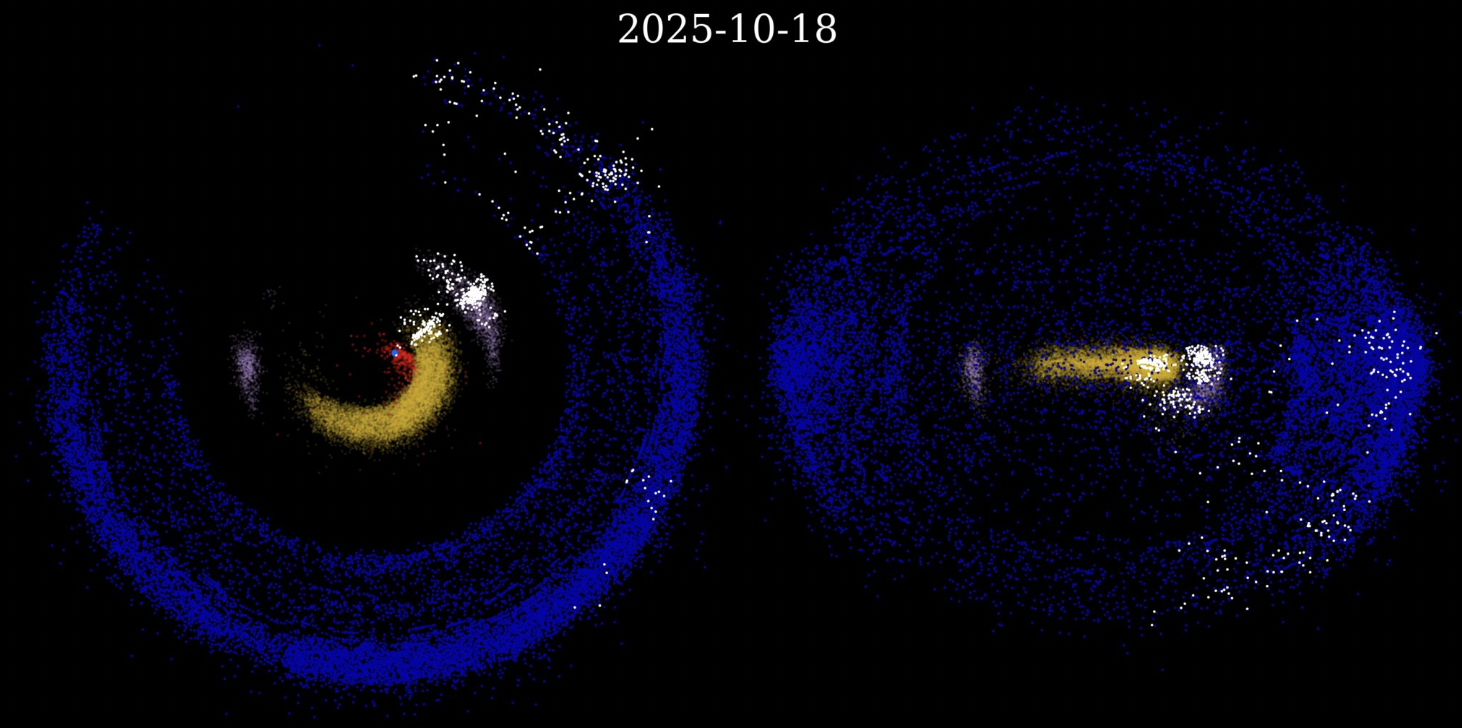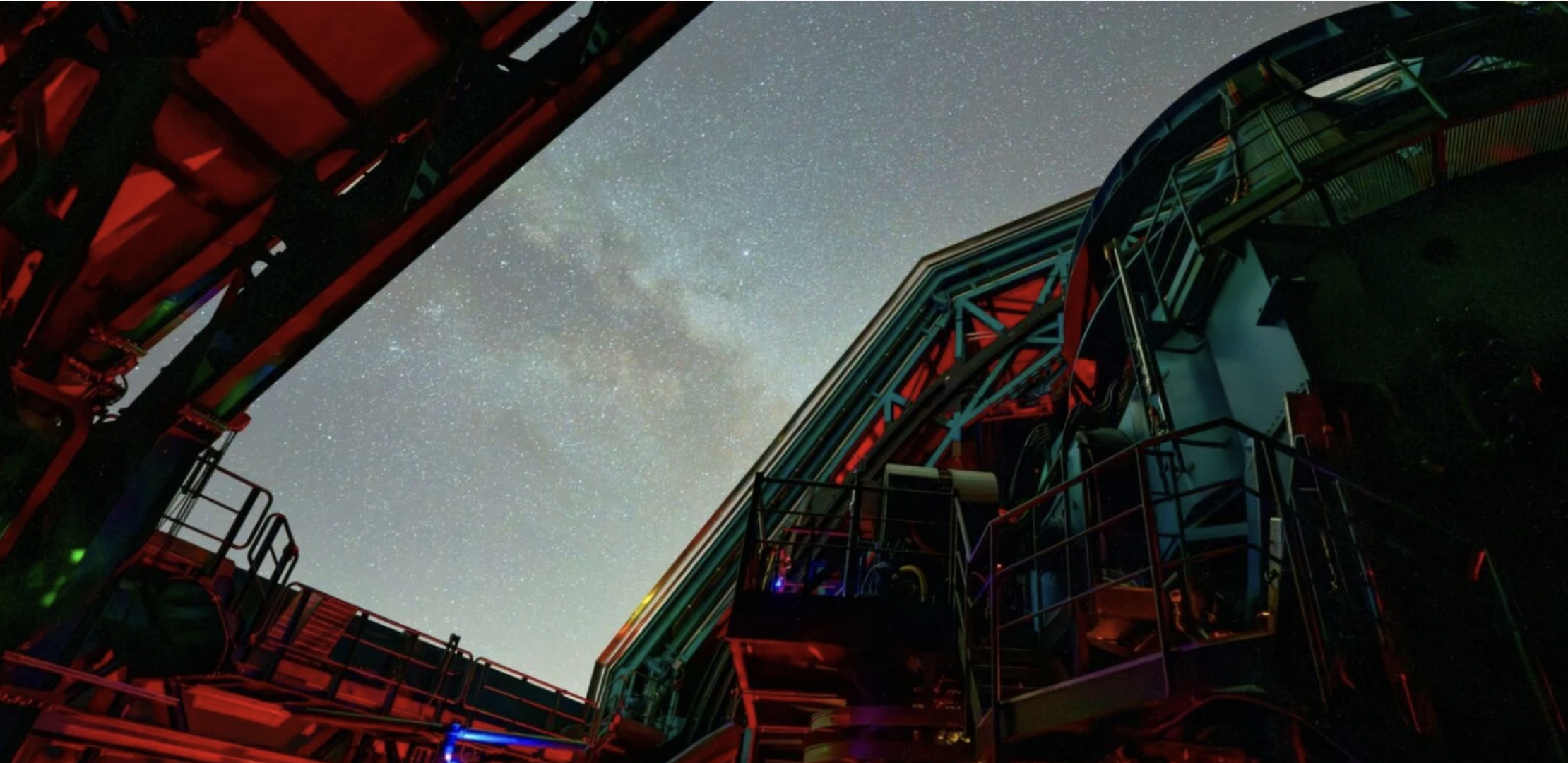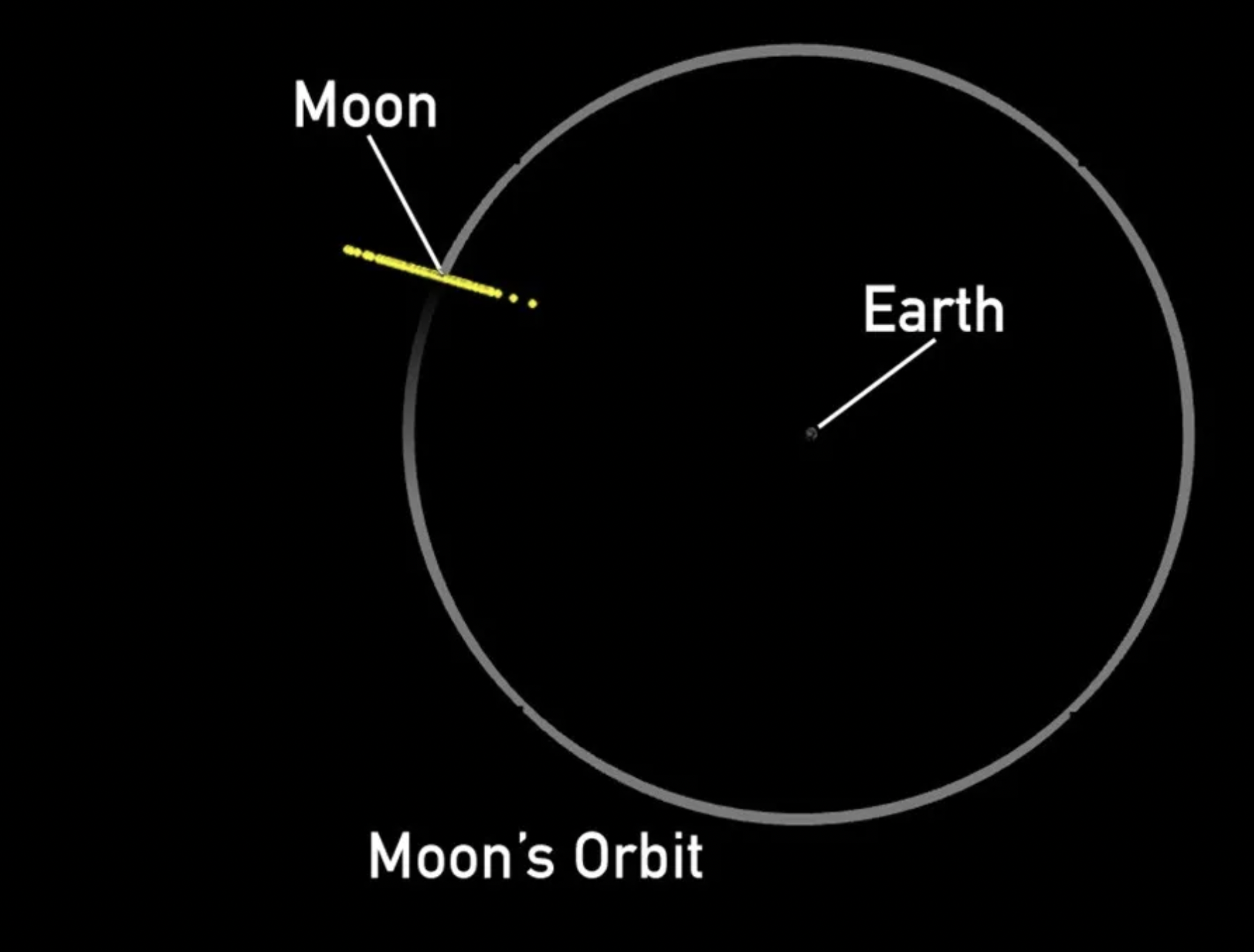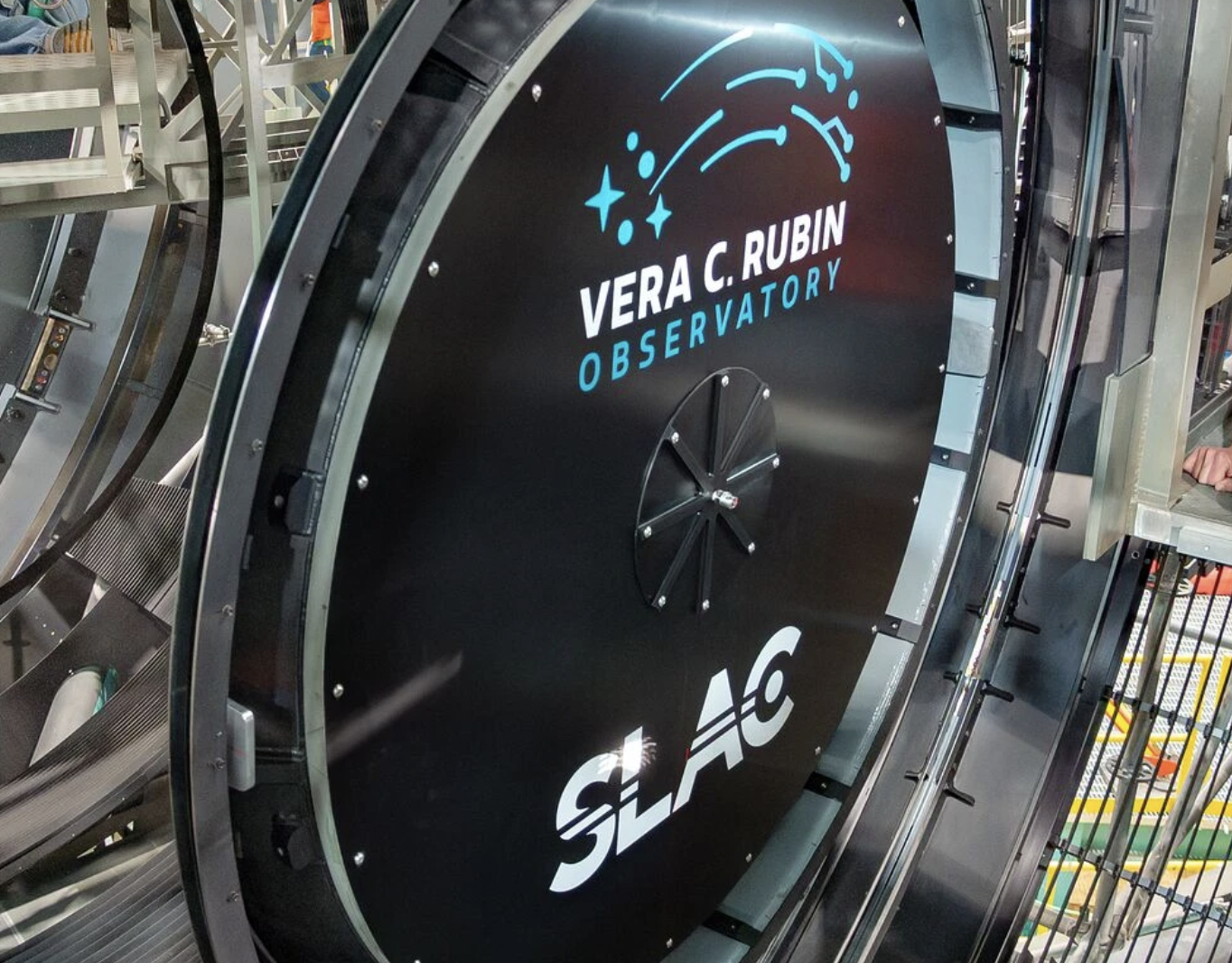It’s been more than two decades since the University of Washington helped kick off the effort to get the Vera C. Rubin Observatory built in Chile — and now that it’s finished, UW astronomers are gearing up to get in on the first decade of discoveries.
The university’s role in the past, present and future of the Rubin Observatory and its 10-year Legacy Survey of Space and Time, or LSST, literally took center stage in front of a packed house at UW’s Kane Hall on Thursday night.
The first batch of test images from the Vera C. Rubin Observatory is scheduled to be released Monday at 11:30 a.m. EST, followed by a news conference at the National Academy of Sciences in Washington.
At the heart of the new Vera C. Rubin Observatory in Chile is the world’s largest digital camera. About the size of a small car, it will create an unparalleled map of the night sky.
The observatory’s first public images of the sky are expected to be released on June 23. Here’s how its camera works.
Photograph by Marcos Zegers
After more than 20 years of planning and construction, the Vera C. Rubin Observatory is ready for its grand opening, and the world is invited.
The observatory in the foothills of the Chilean Andes features a monster of a telescope, with an 8.4-meter-wide (28-foot-wide) mirror, coupled with what’s said to be the world’s largest digital camera.
During the public events on June 23, 2025, you’ll get to watch one of the observatory’s high-resolution time-lapse “movies” of the visible sky. It will be sky watching in high definition: the observatory is designed to show very detailed views of the universe in crisp detail over wide areas, so viewers will get a glimpse of distant galaxies, galaxy clusters and stars.
A group of astronomers from across the globe, including a team from the University of Washington and led by Queen’s University Belfast, have revealed new research showing that millions of new solar system objects will be detected by a brand-new facility, which is expected to come online later this year.
Get ready to join us on June 23, 2025 as we unveil the first spectacular imagery from NSF–DOE Vera C. Rubin Observatory, and celebrate the start of a new era in astronomy and astrophysics with the world’s newest and most powerful survey telescope.
Although astronomers have ruled out a smash-up between Earth and an asteroid known as 2024 YR4 in the year 2032, the building-sized space rock still has a chance of hitting the moon.
At DiRAC Institute, we are fortunate to have a talented group of astronomers whose work is expanding our understanding of the universe. From exploring the outer solar system and developing algorithms for asteroid impact prevention to advocating for cleaner skies and advancing the search for asteroids, their research is making significant contributions to the field of astronomy.
Using the largest digital camera in the world, Rubin Observatory will soon be ready to capture more data than any other observatory in history
